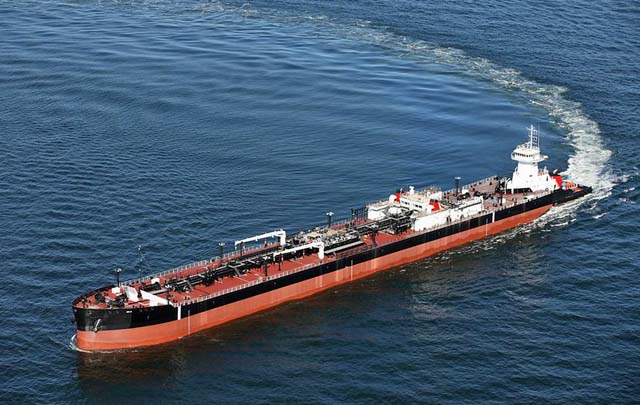US predictive analytics supplier ioCurrents has partnered with Bergan Marine Systems to interpret live data from onboard sensors to help optimise vessel performance, cutting fuel use and emissions.
For over 45 years, Bergan Marine Systems has operated as marine safety consultants and equipment suppliers of cargo protection systems for barges, ships, and US government vessels. The company creates custom marine systems that address the unique challenges of shipwrights, engineers, naval architects, and shipyards.
ioCurrents will consolidate all vessel cargo data on Bergan Marine’s Bergan Connect platform. Using AI and machine learning programs that analyse onboard data in real time, ioCurrents will provide dashboard insights for barge and tug operators to help them optimise their onboard equipment functionality.
The data analytics will help crew plan maintenance schedules in advance to ensure the operational reliability and safety of the vessels. Looking further ahead, the team at ioCurrents will be able to help with route optimisation to reduce the amount of fuel used on trips so operators will not only save money but will also reduce their carbon emissions.
Bergan Marine President and CEO Kyle Durden said: “We’re calling this collaboration ‘Bergan Connect powered by ioCurrents’ and we’re looking forward to it going live very soon as we know what a positive impact it will have on vessel performance and safety management. I am really excited about the additional input that the team at ioCurrents will be able to provide our clients. Using their expertise to consolidate and analyse the live data from our onboard sensors will provide our clients with actionable insights that will allow them to make efficiency gains and create a more sustainable business model.”
Jon Best, ioCurrents Business Development Director said: “We’re really proud to be working with Bergan Marine Systems to help formulate more efficient, safer and environmentally friendly solutions for the Workboat sector. Our algorithms will monitor the onboard data and alert crew to any anomalies in equipment performance. This will enable them to make fact based decisions to improve operational efficiencies.”



